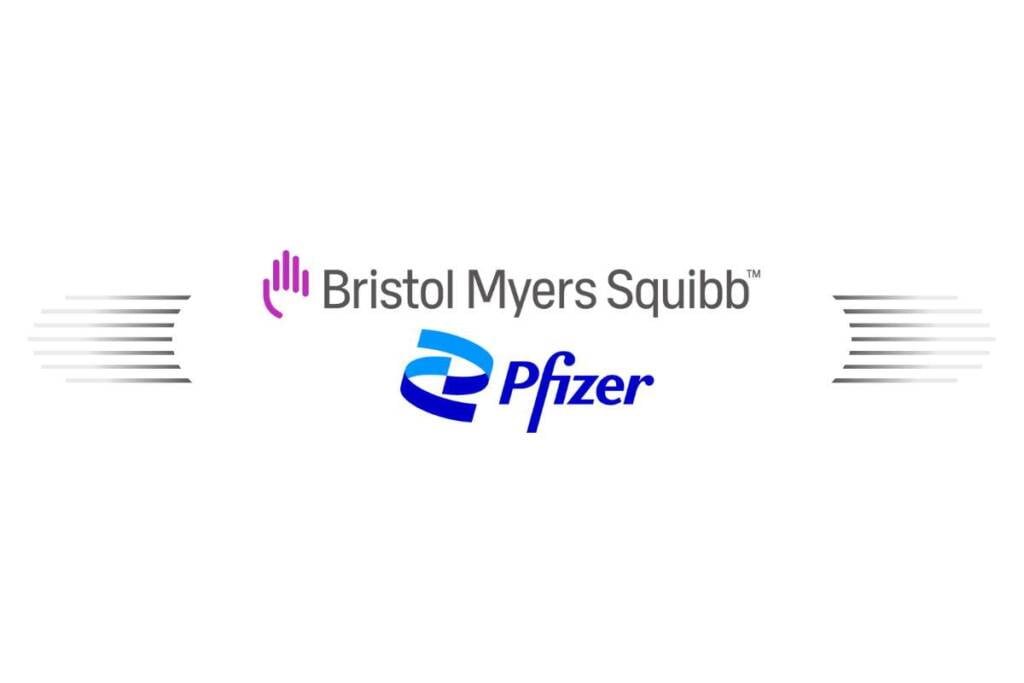Amidst the vivid tapestry of medical advancements, a pivotal revelation has emerged from the collaborative efforts of the Bristol Myers Squibb-Pfizer Alliance. As the curtains rose at the European Society of Cardiology (ESC) Congress 2023, a compelling saga of anticoagulants and patient outcomes was unveiled, challenging existing notions and shedding light on the intricate dance between medicine and reality.
The spotlight of this revelation falls upon a retrospective real-world data study known as ATHENS, an expedition into the lives of patients with Non-Valvular Atrial Fibrillation (NVAF). The protagonists of this narrative are Eliquis (apixaban) and rivaroxaban – anticoagulants that have stood at the forefront of managing a condition that affects millions worldwide.
The pages of ATHENS were turned back to the period between January 2013 and December 2021, drawing from Optum’s meticulously curated Clinformatics® Data Mart database. A tale of two anticoagulants unfolded, as 167,868 initiators of Eliquis and 65,888 initiators of rivaroxaban took center stage. Through the lens of propensity score matching (PSM), 2,900 individuals who transitioned from Eliquis to rivaroxaban were paired with 14,500 steadfast Eliquis users. Similarly, 2,873 who made the journey from rivaroxaban to Eliquis found themselves in the company of 14,365 fellow rivaroxaban adherents.
“Although some NVAF patients switch direct oral anticoagulants in real-world clinical practice, either for medical or non-medical reasons, there hasn’t been a lot of information gathered on the clinical outcomes of those switches. The study results provide insights about the real-world risk of stroke and major bleeding associated with switching from apixaban to rivaroxaban in patients with NVAF.”
– Steve Deitelzweig, MD, MMM, FACC, SFHM, FACP, RVT, System Chairman for Hospital Medicine,Ochsner Health System
The twists and turns of this narrative held revelations that set hearts racing. For those who switched from Eliquis to rivaroxaban, the road was fraught with higher risks – a 99% higher risk of stroke or systemic embolism and an 80% higher risk of major bleeding, compared to those who remained loyal to Eliquis. The tale, however, took an unexpected turn for those who switched from rivaroxaban to Eliquis. Their voyage was characterized by a similar risk of stroke or systemic embolism, but a remarkable 42% lower risk of major bleeding, offering a glimmer of hope and an alternative path forward.
In this journey through real-world data, a mosaic of implications emerged. It’s important to acknowledge that anticoagulants, including Eliquis, tread on a tightrope of risks, potentially leading to serious, even fatal, bleeding. Safety is a paramount concern, and this revelation brings these risks to the fore, sparking conversations and reflections that could shape future treatment decisions.
“Data collected in real-world settings can enhance patient care. By gathering insights from everyday clinical practice, we can better understand how Eliquis is used and its impact on patients’ lives. This real-world data provides pragmatic information to help clinicians manage the care of their patients.”
– Narinder Bhalla, MD, Senior Vice President, Worldwide Medical, Head of Cardiovascular and Established Brands at Bristol Myers Squibb
However, as with any tale, there are caveats to consider. The canvas painted by real-world data is vivid, but it bears its limitations. While it adds depth to our understanding, it stops short of establishing causality, tethered to associations rather than definitive conclusions. The colors that make up this canvas can vary, influenced by the source and type of data, rendering the masterpiece both intricate and open to interpretation.
As the ATHENS study gracefully waltzed across the stage, its steps guided by pharmacy claims, a dance of unknown drug exposure played out. The reasons behind the switches remained shrouded, a mystery that only time and further inquiry might unveil. The ensemble cast, too, presented a challenge – the sample size of those who chose to switch was dwarfed by those who held steadfast. The intricacies of dosing and its impact on outcomes remained veiled, a question that will continue to beckon researchers.
Within this narrative, real-world data served as a companion rather than a verdict, painting a picture of complexity and intrigue. While it might not provide a definitive stamp of validation for treatment efficacy or safety, it offers a glimpse into the daily lives of patients, the choices they make, and the outcomes they face.
As the echoes of ATHENS reverberate through medical corridors, one truth remains unwavering – every patient is a story waiting to be told, every choice a chapter with far-reaching consequences. The dance between evidence and experience, between anticoagulants and patient lives, continues, a symphony that captures the essence of medical exploration.





























